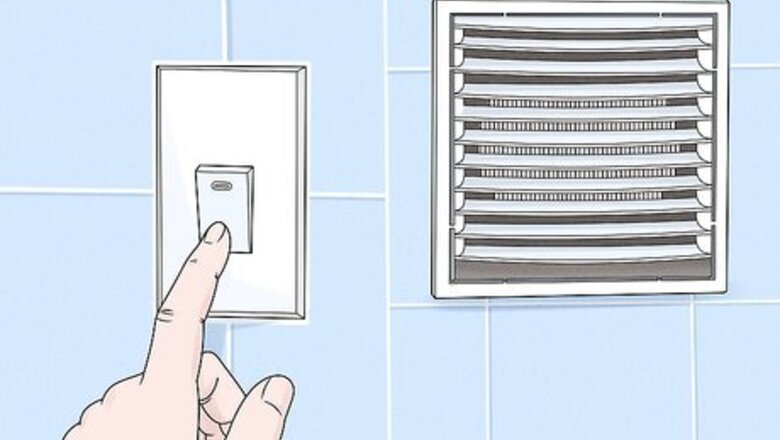
views
Ventilating the Room
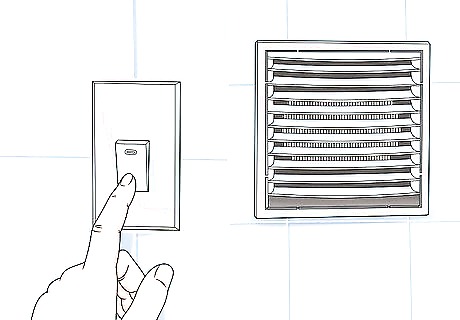
Switch on the vent fan in your bathroom before and after you shower. Flip the switch for your bathroom vent before you hop in to your shower or bathtub. Take your shower or bath as you normally would, leaving the vent fan on for at least 15 minutes afterwards. This helps keep the air moving in your bathroom, and prevents any condensation and hard water stains from building up on your walls. If you turn off the vent fan right after your shower, condensation will still collect on your walls, which can lead to water stains.
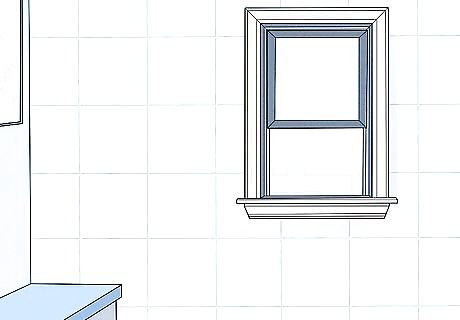
Open a window if you don’t have a vent fan. Pull open the window just a crack so lots of fresh air can spill into the bathroom. Keep this window open before and after you take your shower or bath so no condensation and long-term hard water stains build up in your bathroom. If you don’t have a window in your bathroom, you can disregard this.
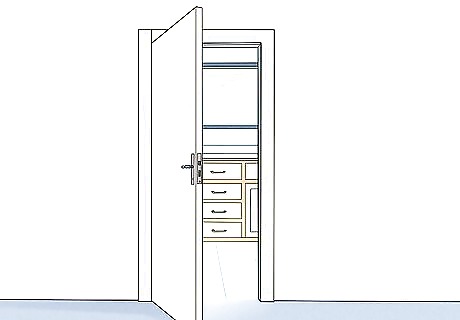
Keep your shower door open after you bathe. Avoid closing your bathroom shower door if your bathroom has a stall set-up. Leave the door open by a few inches or centimeters so your shower can dry off naturally. If you keep your door closed, condensation and long-term stains could build up. If you don’t have a shower stall in your bathroom, make sure that the shower curtain is pulled back plenty so the shower walls can dry off naturally.
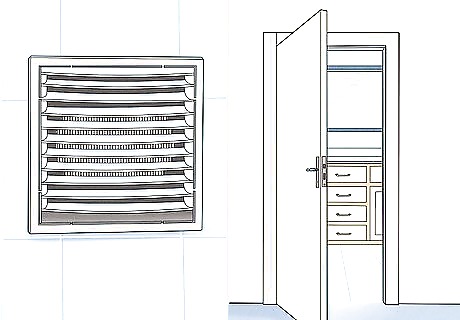
Turn on an exhaust fan in the bathroom and leave the door open. Purchase or rent an exhaust fan and place it in your bathroom, keeping the fan close to spots that are really moisture-ridden, like the shower or bathtub area. Double-check that your exhaust fan is large enough to fully ventilate the area, which will keep moisture and hard water stains from forming on the walls. You can use the size of your bathroom to figure out what kind of fan you’ll need. If you have a larger bathroom, multiply the ceiling height, length, and width of the bathroom. Multiply the resulting number by 0.13 to calculate how quickly the fan can dry out the area, which is known as cubic feet per minute (CFM). If you have a smaller bathroom, all you have to do is multiply the length and width of your bathroom to figure out the CFM rating. For instance, if your small bathroom is 6 by 10 ft (1.8 by 3.0 m), you’ll need an exhaust fan with a 60 CFM rating. If you have a larger bathroom that’s 10 by 7 by 10 ft (3.0 by 2.1 by 3.0 m), you’d need an exhaust fan with a CFM rating of 90. Exhaust fans will come with a CFM label that you can check before renting or purchasing.
Minimizing Condensation and Hard Water
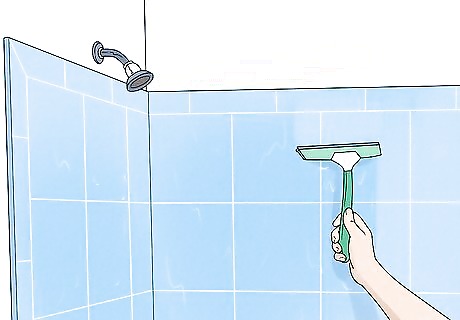
Dry off your shower walls each day. Take time to clean off any moisture from your shower walls and doors each time you use them. You can clean off your walls with a shower cleaner, or simply squeegee any leftover water and moisture from the shower walls. As a finishing touch, dry off any extra moisture on the walls with a clean towel or rag. You can also blot away any leftover moisture with a microfiber towel.
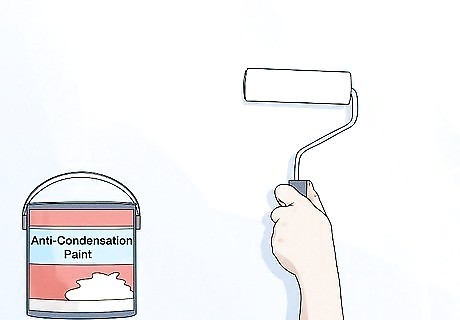
Apply a layer of anti-condensation paint if the walls and ceiling are painted. Lay a drop cloth down on the floor and tape along any edges, corners, and fixtures near your bathroom walls and ceiling. Scrape away any loose paint with a paint scraper, then buff over the surface with fine sandpaper. Paint over the surface with 2 coats of anti-condensation paint, using a regular brush or roller to apply the paint in even coats. Let the paint dry completely, then remove the painter’s tape and drop cloth from the area. You can find anti-condensation paint at most hardware or paint stores. This paint only works on surfaces that were originally painted—not on tiled or glass walls.
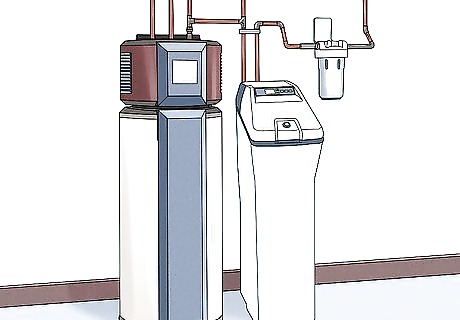
Install a water softening system to prevent hard water stains from occurring. Visit your local home improvement or hardware store and look for a water softening system that can add to your home. Install the system according to the packaging instructions, or ask a home improvement professional to add the device if you don’t have a lot of experience.



















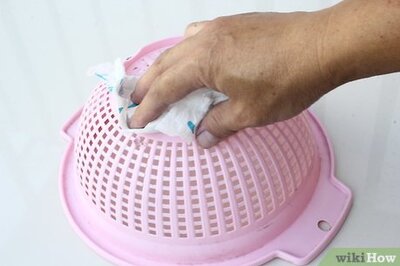
Comments
0 comment